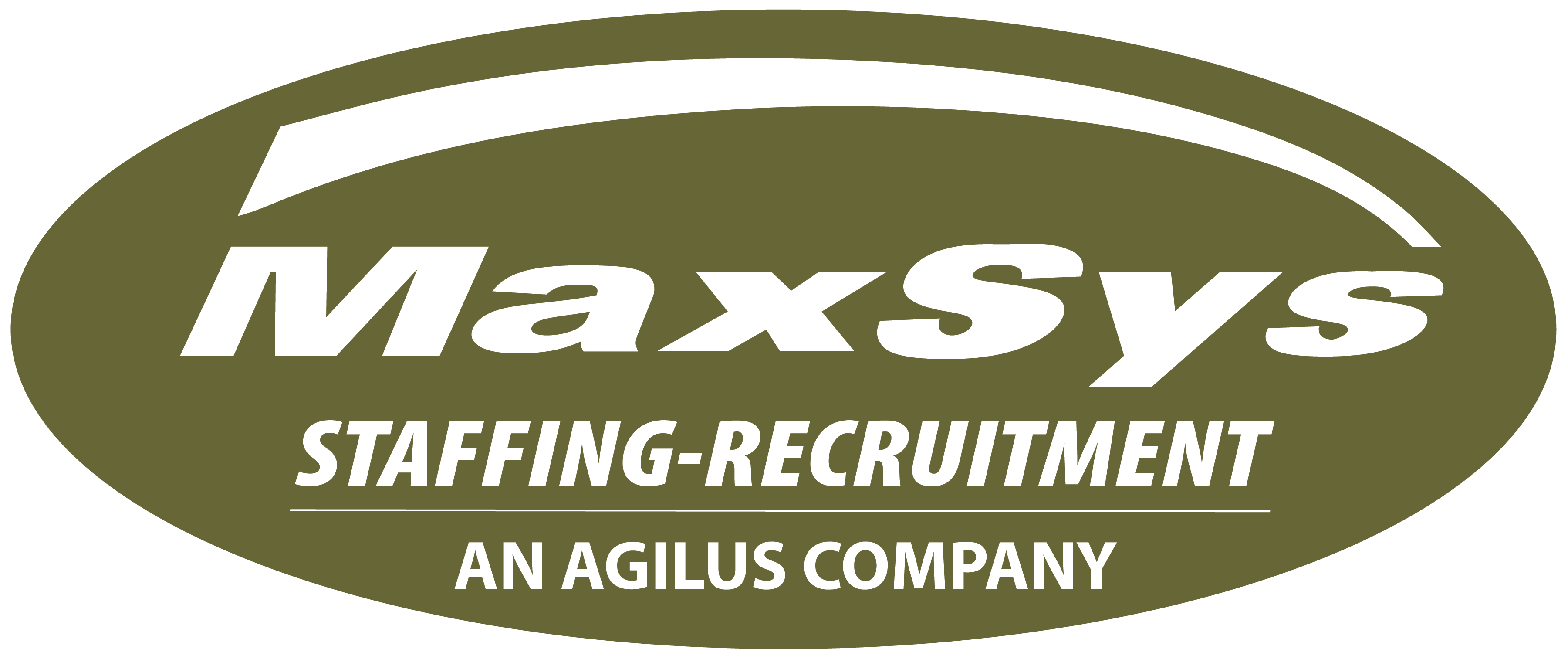April 27, 2023
The Basics of Employer Payroll Deductions
Make sure you understand your responsibilities as an employer. You pay salaries, bonuses, commissions, vacation pay or tips to your employees. You offer them certain taxable benefits, such as personal use of a vehicle or allowances. You are also required to withhold and remit payroll deductions. Employers are responsible for deducting the following four amounts:
- the Canada Pension Plan contribution
- the Employment Insurance premium
- federal income tax
- provincial and territorial income tax
Employers must remit these deductions to the Canada Revenue Agency (CRA), in addition to their portion of the Canada Pension Plan and Employment Insurance contributions.
While federal income tax is the same across Canada, provincial and territorial tax rates vary. For example in Quebec, which administers its own pension plan, the situation is somewhat different for employers.
- The Québec Pension Plan replaces the Canada Pension Plan.
- The employer must contribute to the Québec Parental Insurance Plan.
- The provincial income tax for Quebec is remitted to Revenu Québec.
- Employment Insurance is withheld at a lower rate.
You can find detailed information on the CRA website.
Tips For New Employers
Payroll deductions belong to the government, and the amounts collected must be kept separate from the operating capital of your business.
At the end of the year, you must file a summary of all employees’ income and deductions. You must report each employee’s income and deductions on an appropriate T4 slip. You will provide two copies to your employee, keep one for your records, and send a copy of the T4/T4A slips for all your employees to the CRA. These must be received by the last day of February of the following year to avoid penalties.
How Much To Deduct?
Payroll deductions are calculated for each pay period. To help you, the CRA provides an online calculator for federal, provincial and territorial payroll deductions. You can also use it to calculate the required deductions for Quebec, such as the Québec Pension Plan and Employment Insurance at the prescribed rate for Quebec.
Note that the frequency of payments to the governments varies. Payments may be submitted monthly (on the 15th day of the following month) or quarterly (on the 15th of January, April, July and October). The employer can also make accelerated remittances, up to two or four times a month.
Do I Withhold Deductions if I Pay Myself a Salary?
If the business is a sole proprietorship or partnership, deductions will not be sent to the CRA via the payroll account. For these businesses, payments are usually made when the T1 income tax and benefit return is filed, unless the sole proprietor or partner is required to pay by instalments. .
For entrepreneurs employed by their incorporated business, their salary will be treated as employment income and deductions will be required. If the entrepreneur controls more than 40% of the common shares (with voting right), he or she is exempt from Employment Insurance premiums and will not be entitled to Employment Insurance benefits.
What Happens if you Don’t Make Payroll Deductions?
Employers who fail to withhold the required contribution amounts or to remit the amounts they have deducted from their employees’ pay should beware. The CRA could impose a penalty equal to 10% of the amount required for the Canada Pension Plan, Employment Insurance or income tax that you should have withheld. If you are subject to this penalty more than once in the same calendar year, the CRA will charge a 20% penalty if the failure was voluntary or in circumstances that amount to gross negligence. The CRA can go as far as taking legal action, such as garnishing your salary or other sources of income or seizing and selling property.



